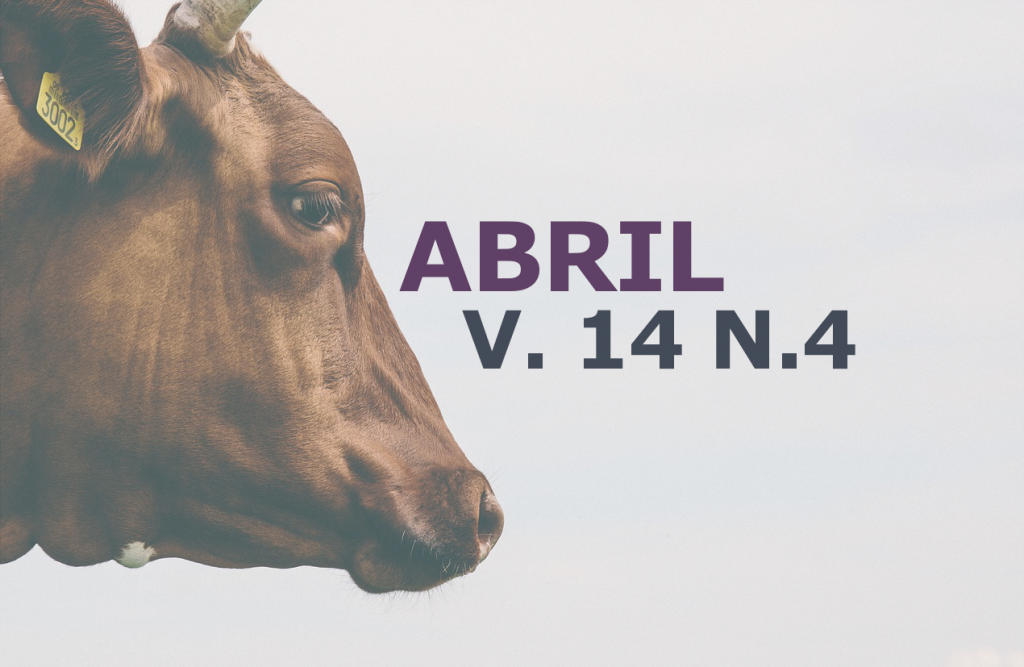Alternative tests for the evaluation of the physiological viability of Enterolobium contortisiliquum (Vell.) Morong seeds
DOI:
https://doi.org/10.31533/pubvet.v14n4a560.1-6Keywords:
electrical conductivity, germination, tetrazolium testAbstract
Enterolobium contortisiliquum (Vell.) Morong is a species with extensive multiple distribution and use, being widely used in the recovery of degraded areas. Thus, the objective was to verify the physiological viability of seeds of this species through the electrical conductivity test (EC) and the tetrazolium test (TZ). For the EC test, measurements were made at times 0, 02, 08, 16, 32, 70 and 80 hours of soaking in water at 25º C in an environment with low light incidence. For the TZ test, immersion in a 1% tetrazolium solution was performed for 24 hours at 30 ºC in the dark. The germination percentage by the test on gerbox paper was equal to 92%, with a thousand seed weight for the lot equal to 634.99g and moisture content equal to 5.24%. The results obtained in the CE and TZ test allow to affirm the efficiency to characterize the physiological viability of the Enterolobium contortisiliquum (Vell.) Morong seeds, Studies of this nature are important to check the viability of seeds of forest species in the northern region of the municipality of Goiânia
Downloads
Published
Issue
Section
License
Copyright (c) 2020 Weuler Alves Vasconcelos, Ana Clara Alencar Lambert, Sabrina do Couto de Miranda, Priscila Bezerra Souza, Sybelle Barreira

This work is licensed under a Creative Commons Attribution 4.0 International License.
Você tem o direito de:
Compartilhar — copiar e redistribuir o material em qualquer suporte ou formato
Adaptar — remixar, transformar, e criar a partir do material para qualquer fim, mesmo que comercial.
O licenciante não pode revogar estes direitos desde que você respeite os termos da licença. De acordo com os termos seguintes:
Atribuição
— Você deve dar o crédito apropriado, prover um link para a licença e indicar se mudanças foram feitas. Você deve fazê-lo em qualquer circunstância razoável, mas de nenhuma maneira que sugira que o licenciante apoia você ou o seu uso. Sem restrições adicionais
— Você não pode aplicar termos jurídicos ou medidas de caráter tecnológico que restrinjam legalmente outros de fazerem algo que a licença permita.





